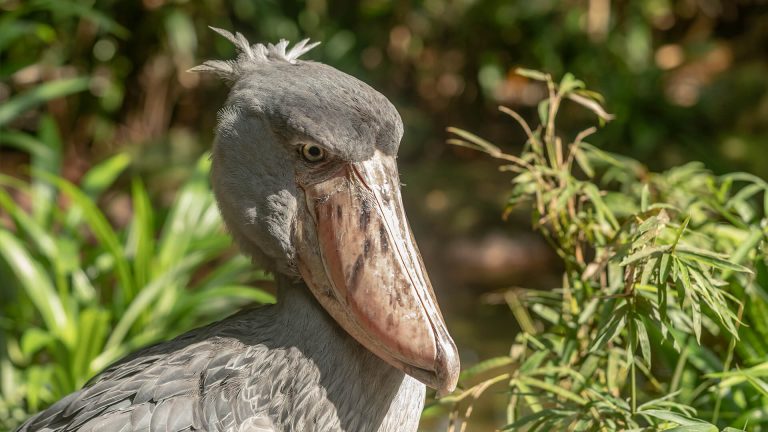- Blogs & Tips
White Rhino: Size, Habitat, Strength & Weight
- Last updated: 7 days ago
- By LSTWebmasters
White Rhino: The Heavyweight You Never Knew Could Be This Gentle
You Think You Know Big… Until a White rhino walks past you. At that instant, at first, you think it’s a boulder. It’s that big. Then it moves slowly, confidently full of mud as dust rises around its wide feet. And just like that, you’re frozen in place. Not with fear but with awe because you’ve never seen anything like a white rhino before.
Your brain tries to catch up. This creature could flip a car. It has a horn that looks like it belongs in a medieval museum. Yet there it is, munching grass like it doesn’t have a care in the world. It gets close enough that you hear the snort. The breath. The muscle under skin as thick as armor. And still… all you feel is peace.
White Rhino Size
White rhinos are the second-largest land mammals on Earth (after elephants). Standing tall between 1.5 to 1.8 meters at the shoulder and weigh between 1,800 to 2,400 kilograms—that’s two small cars worth of rhino walking around like a vegetarian sumo wrestler.
At full size, this rhino can weigh over 2,000 kilograms (4,400 lbs). That’s heavier than your pickup truck. But it moves with surprising quiet—just the soft brush of its skin against grass and the occasional puff of dust from its wide, flat feet. It’s not aggressive. It’s not nervous. It just is. A calm force, built like a tank but as gentle as the land it walks.
But the size doesn’t just impress you—it humbles you because when a rhino walks by, the ground vibrates. You feel the weight before you even see it. And the way they move? Surprisingly smooth. You expect stomps, but you get glides. Like a boulder that learned to float.
White rhino Strength & Speed
With that body, a white rhino can charge at 40–50 km/h. That’s a school bus hitting you at full speed. Their horn, made of compacted keratin (the same stuff as human nails), can grow over 1.5 meters long and has enough power behind it to snap trees or pierce through metal barriers.
But here’s the twist—white rhinos rarely show aggression. Unless threatened or startled, they’re more likely to ignore you than confront you. That gentleness inside all that armor is what makes the experience so moving. They’re strength without ego. Power without menace.
White Rhino: Size, Habitat, Strength & Weight Pictorial



White rhino Diet
Even with their giant size, White rhinos are strictly grazers. No roots, no bark, no drama. Just short grasses—and lots of them. A single adult can consume up to 50 kg of grass per day. Their wide, flat lips are built for sweeping across the savanna like a lawnmower with legs.
And watching them feed? It’s surprisingly soothing. There’s a rhythm to it. A peaceful repetition. Step, snip, chew, snort. Repeat. In a world addicted to noise, the rhino reminds you how calming simplicity can be. They eat to live, and they do it well.
White rhino Habitat
Today, white rhinos can only be found in few protected areas of Uganda, South Africa, Namibia, Kenya, and parts of Zimbabwe. Sightseeing them in these natural open savannas grasslands can be more rewarding than you imagine.
When you see one in the wild, it feels like a whisper from an older world. A world that still has room for giants. You don’t just spot a rhino—you stumble into their territory. A place where the silence is real, and the moment presses itself into your memory like a footprint in dry earth.
White Rhino Bite Force: Built for Grass, But Not Weak
Let’s be honest: a white rhino doesn’t need a lion’s bite. Nonetheless, the hippo bite force ranges from 1,000–1,200 PSI, designed for grinding grass, not hunting prey. But make no mistake—that jaw can snap thick vegetation, and in self-defense, it can cause serious injury.
The real weapon, though, isn’t in the bite. It’s in the charge. When a rhino lowers its head and commits, that momentum is unstoppable. A charging rhino doesn’t need teeth—it’s the entire body doing the talking. Thankfully, they rarely charge without reason. They’re slow to anger, quick to return to calm.
Suggested Packages
What It Feels Like to Be Near One
You hear them before you see them—a deep snort, a shuffle, a breath. Their skin looks ancient. Cracked. Like it holds the memory of every storm it’s ever survived.
You’ll forget about selfies. You just want to watch. The moment stays long after the dust settles.
And when they’re gone, part of you wants to follow. Just to keep feeling whatever that was—some mix of wonder, respect, and a little sadness that there are so few left.
Tips for Spotting a White Rhino in the Wild
Visit top parks: Uganda’s Ziwa Rhino Sanctuary, South Africa’s Kruger, Hluhluwe-iMfolozi, Namibia’s Etosha, or Kenya’s Ol Pejeta Conservancy.
Best time: Dry season (May to October) when animals gather near water.
Stay still: Movement spooks them. Let them come to you.
Use guides: Rhinos blend in more than you’d expect.
Don’t chase sightings: The best moments come when you wait.
Why It Matters That You See One
Because rhinos are fading. One is poached every 30–40 hours. Horns that should defend them get turned into trophies or powder. But when you stand near one—really stand there—you stop seeing a horn. You see a life. A slow, grazing, breathing soul.
And maybe—just maybe—you leave with more than memories. Maybe you leave with a reason to care.
Conclusion
Ready to see something ancient still holding its ground?
Book your white rhino safari and feel the presence of power, peace, and vulnerability—before it’s too late.
Send Enquiry
Step into the mist and meet a wild silverback face to face.
In that silent moment, something inside you changes forever and that time, you will understand that gorilla trekking isn’t just a trip but a soul-stirring journey.
GET A QUOTE
Limited permits available.










